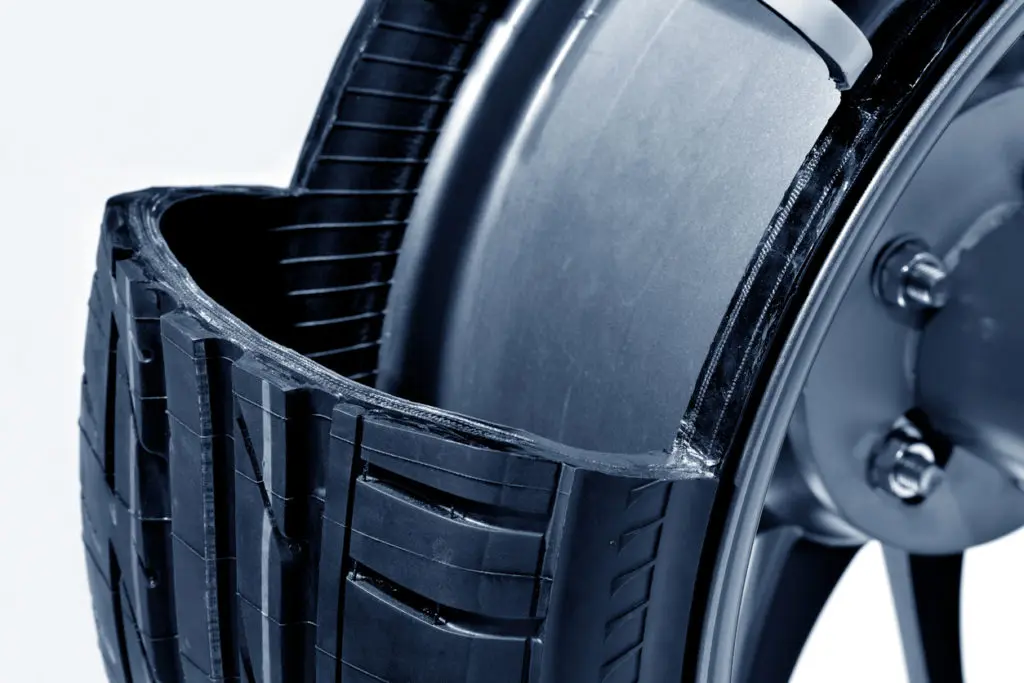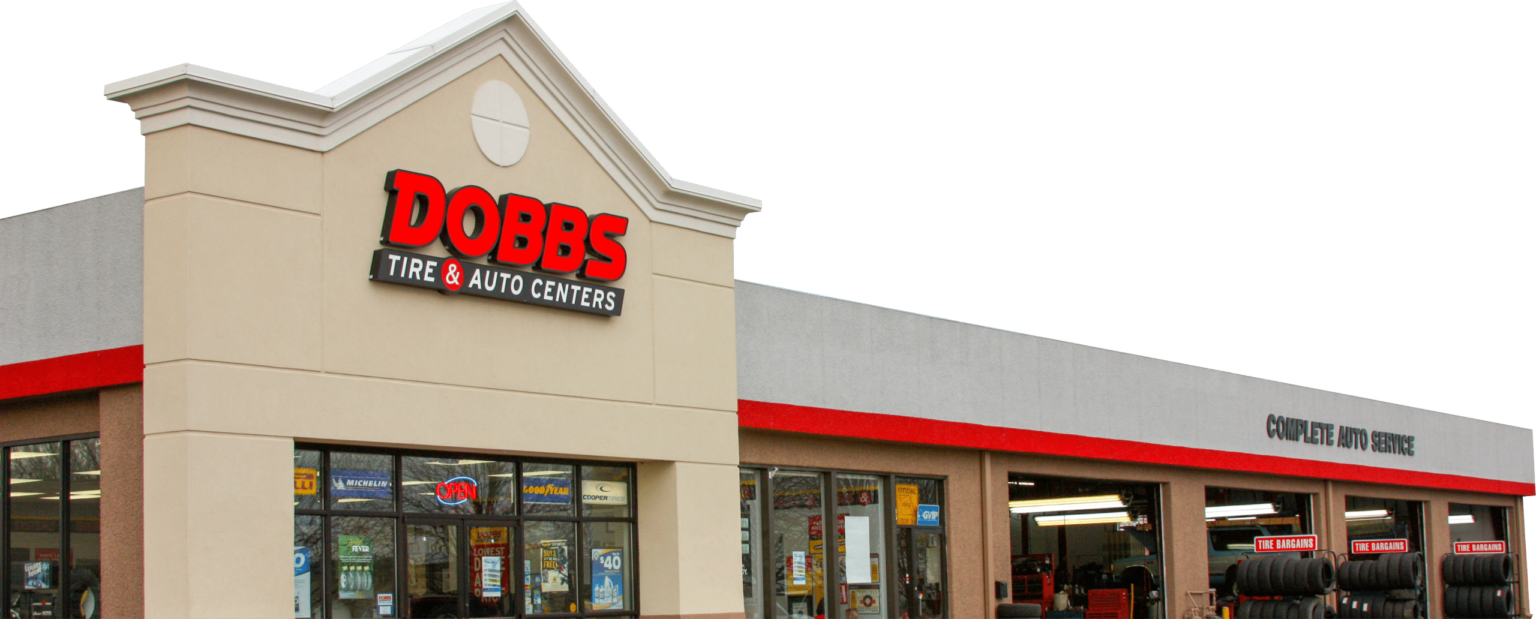Basic Anatomy – How Car Tires Are Made and Measured
Modern transportation, as advanced as it is, has been rolling on an invention that traces its roots back some 5,500 years, the invention of the wheel. Over the intervening centuries, the wheel has been reinvented many times, and today is the most-common mode of transportation on the planet, after “feet.” Originally, wheels were solid wood, but spokes made them lighter. Later, wheels were “attired” with leather, iron, or steel, to improve lifespan and durability. Eventually, with the invention of the air-filled rubber tire, over a century ago, wheels could last longer, deliver better traction, and ride softer.
From your kid’s 12” bicycle to 14’ mining tires, weighing more than 6 tons each, tires are everywhere, and near 2 billion are produced worldwide every year. On your car or truck, whether you’re commuting to work or transporting family, friends, tools, or products, having the right tires in good condition makes for safe and comfortable travels year-round. Still, what exactly is a tire? How are they made? How do you know what tires to put on your ride?
How Tires are Made
From the outside, a tire might be mistaken for a rugged air-filled black rubber donut, but there’s more going on under the surface than meets the eye. In fact, unless you cut one apart, you would never see what’s really under the skin. Of course, we don’t recommend you cut open yours, so here’s a sample.
As you can see, there are multiple layers making up the average tire, rubber being just the most obvious. At the core of each tire are multiple layers of nylon and steel, giving it strength and shape. Without the steel belts and nylon body plies, the rubber would not hold its shape once pressurized. The body plies are wrapped around the steel bead wires, maintaining the inner diameter to keep the tire on the wheel. In construction, the bead wires, filler rubber, body plies, and steel belts form the basis for what is known as the carcass, but more is needed before this assembly can be called a tire.
The thin inner liner is molded to the carcass, creating a leak-proof (almost) sealed chamber when mounted on the wheel. The sidewall, shoulder, and tread cap are molded to the outside of the carcass. The tread cap is much thicker than the sidewall rubber and is molded with a tread pattern based on its intended use. The shoulder is basically a transition area, between the tread cap and the sidewall, and usually has some continuation of the tread pattern, though not as deep. Off-road tires, though, usually feature a more robust shoulder for improved traction in off-road and aired-down situations.
Tire Measurements and Other Markings
When you buy tires, you might ask for your specific year, make, and model, or you might ask for them by size. Shopping by vehicle usually works, but some vehicles may recommend more than one size, so it’s good to know how tires are measured so you can find the right one for your vehicle or application. Tires are usually sized using one of two standards – passenger-metric and flotation sizes.
P-Metric tires are measured in a combination of tread width in millimeters, aspect ratio, and rim size in inches. For example, the tires on the 2012 Toyota Camry SE V6 Limited are size P225/45R18, which can be broken down as follows:
- P – P-Metric Tire
- 225 – Tread Width of 225 mm
- 45 – Sidewall Height Aspect Ratio of 45% of 225 mm, or 101 mm
- R – Radial Construction, as opposed to Bias Construction used on vintage restorations and non-road vehicles.
- 18 – Wheel Diameter of 18”
Flotation, or Light Truck, Tires on the other hand, may be measured as P-Metric tires, using a combination of tread width in millimeters, aspect ratio, and rim size in inches. A 2012 Chevrolet Silverado tire might be sized LT265/70R18, which means:
- LT – Light Truck Tire
- 265 – Tread Width of 265 mm
- 70 – Sidewall Height Aspect Ratio of 70% of 265 mm, or 185 mm
- R – Radial Construction
- 18 – Wheel Diameter of 18”
On the other hand, some flotation tires might be measured by overall diameter, width, and wheel size, all in inches. Off-Road tires for a 2012 Jeep Wrangler Rubicon might be sized 32-1150R15, meaning:
- 32 – Overall Tire Diameter of 32”
- 1150 – Tread Width of 11.5”
- R – Radial Construction
- 15 – Wheel Diameter of 15”
Additionally, there are several tire markings that refer to weight rating, intended season, usage, traction, and wear ratings, to name a few. Here are a few of the most common and what they mean.
- 95H or any two-digit number and a letter – Passenger Tire Load Index and Speed Rating. 95H is rated for 1,520 lb and up to 130 mph.
- H or a single-letter – Light Truck Tire Load Range. H has 16 plies.
- M+S – An All-Season Tread rated for mud and snow.
- M+T – An Off-Road Tire with extra traction for mud and terrain.
- DOT Code – This code specifies the manufacturer, factory, tire mold, and date of production.
Dobbs Tire & Auto Centers
If all this information is a little overwhelming, that’s ok. It’s why Dobbs Tire & Auto Centers has been serving the St. Louis area with the best tire services for over forty years. We can help you take the guesswork out of getting the right tires for your car, truck, SUV, season, or planned activities. With 45 locations to serve you, there’s probably a shop near your home, job, or school. Just drop in or give us a call.

